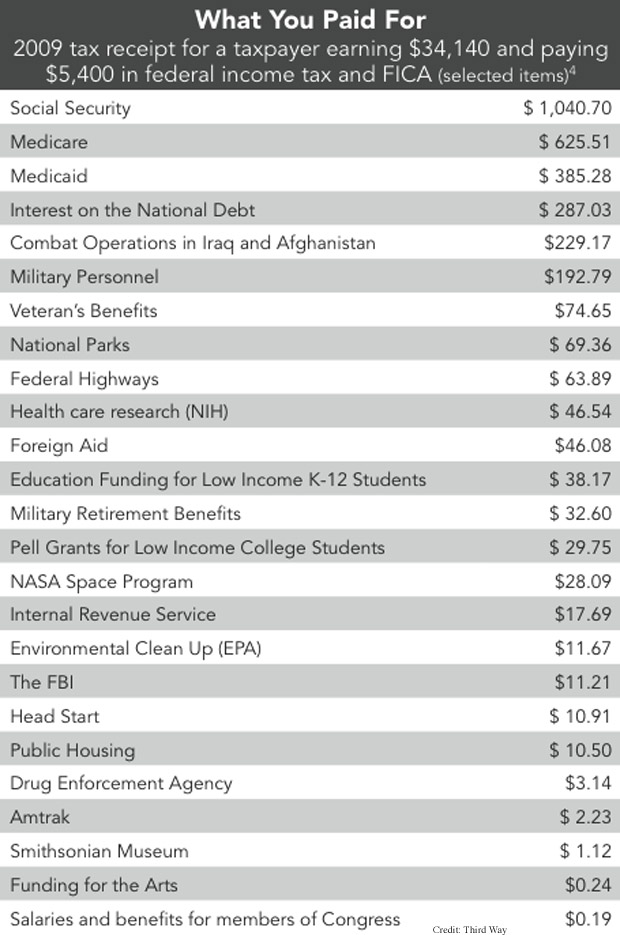Dmitriy T.M. pointed out a post at Jezebel about an odd aspect of the Forbes “Power Women” list. Forbes has a general list of the “world’s most powerful people” (with 67 entrants, 3 of whom are women), as well as one specifically of the world’s 100 most powerful women. Here’s a sample bio from the general list, which is representative of what they all look like (I didn’t include the paragraph below each photo that explains why they’re powerful):
Now let’s check out a profile from the powerful women list:
Notice the difference? Almost all of the women’s profiles, but none of the profiles on the “general” power list, include their marital status (84 do, 16 don’t), and many list how many children they have. It’s fairly common to have a woman listed as married but without any comment about children; I could only find one (Ana Patricia Botin, #38) where she is listed as having children but her marital status isn’t provided, and none who were listed as single (as opposed to married, divorced, or widowed) but having children. (Also, Jenny Goudreau wrote an article about diversity on the list that’s rather interesting.)
To be fair, on some occasions Forbes has included marital/parental information on lists that are dominated by men. Why they didn’t decide to be consistent here, I don’t know. The inconsistency in this case leaves the unfortunate impression that Forbes is endorsing the tendency to see powerful men are individually interesting, while still judging powerful women by their family roles.









